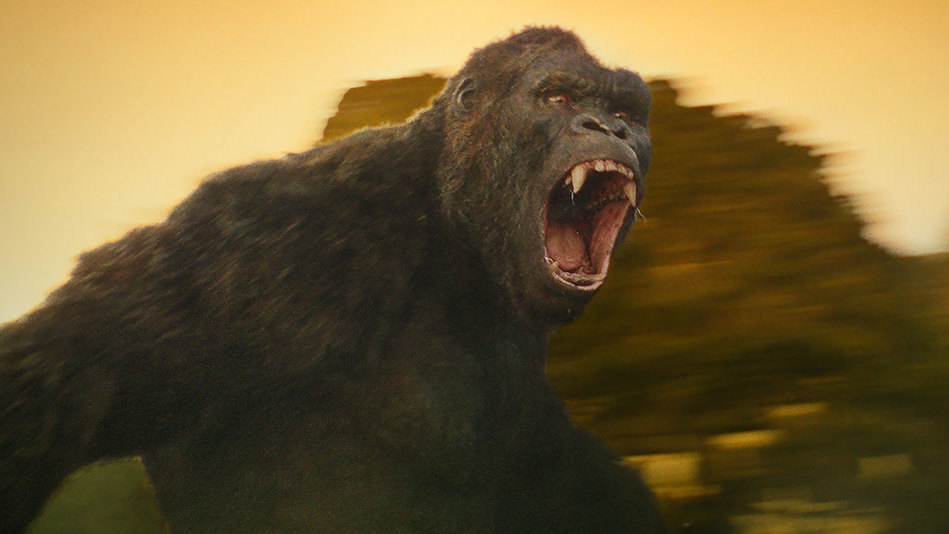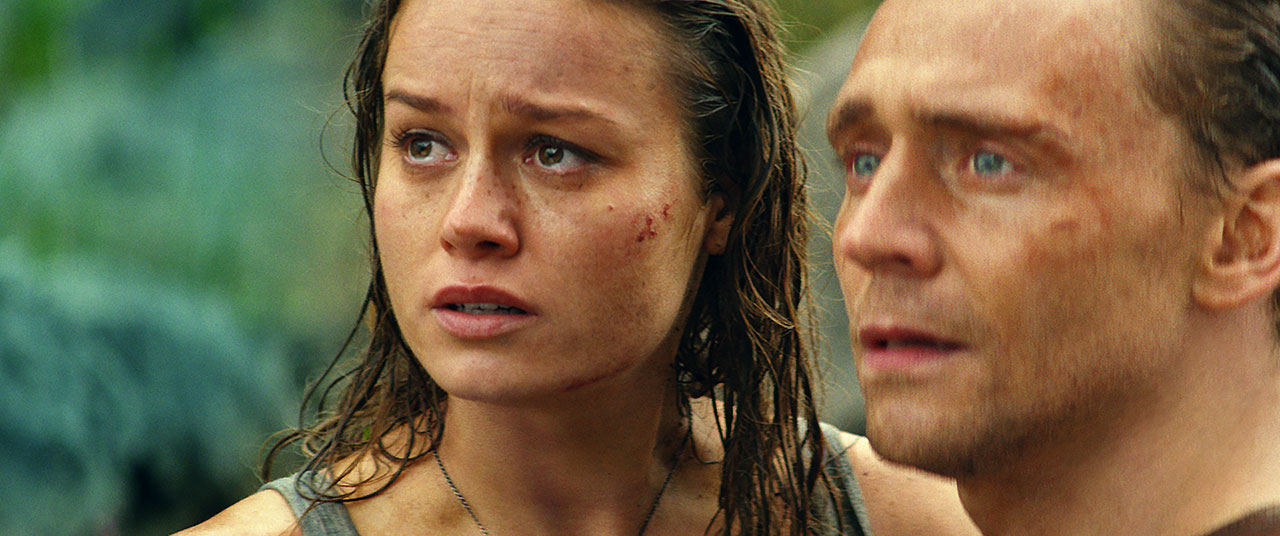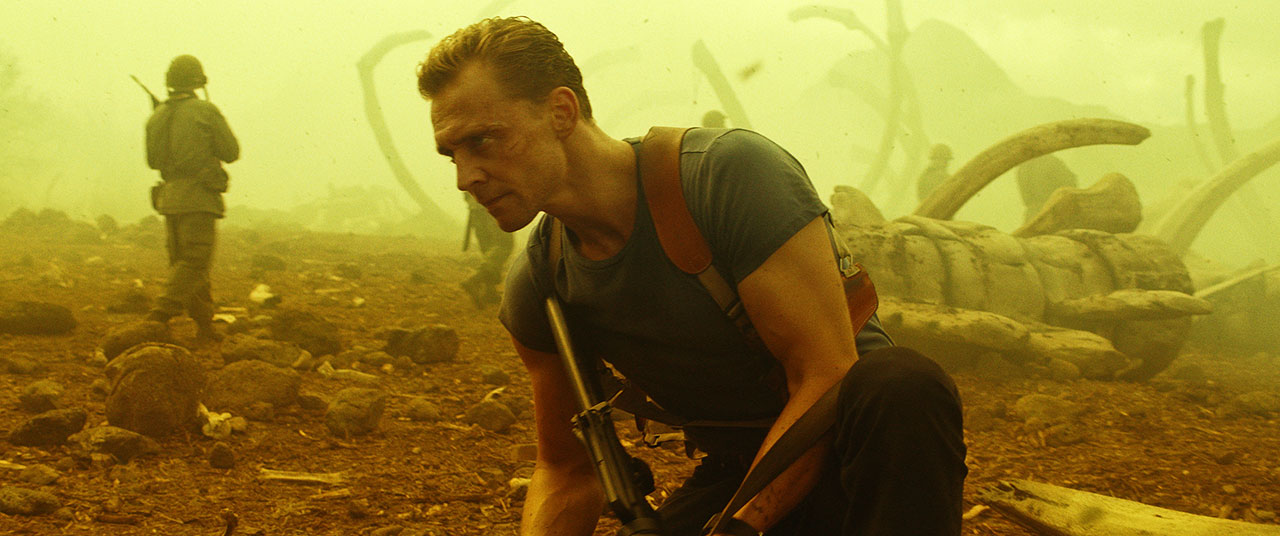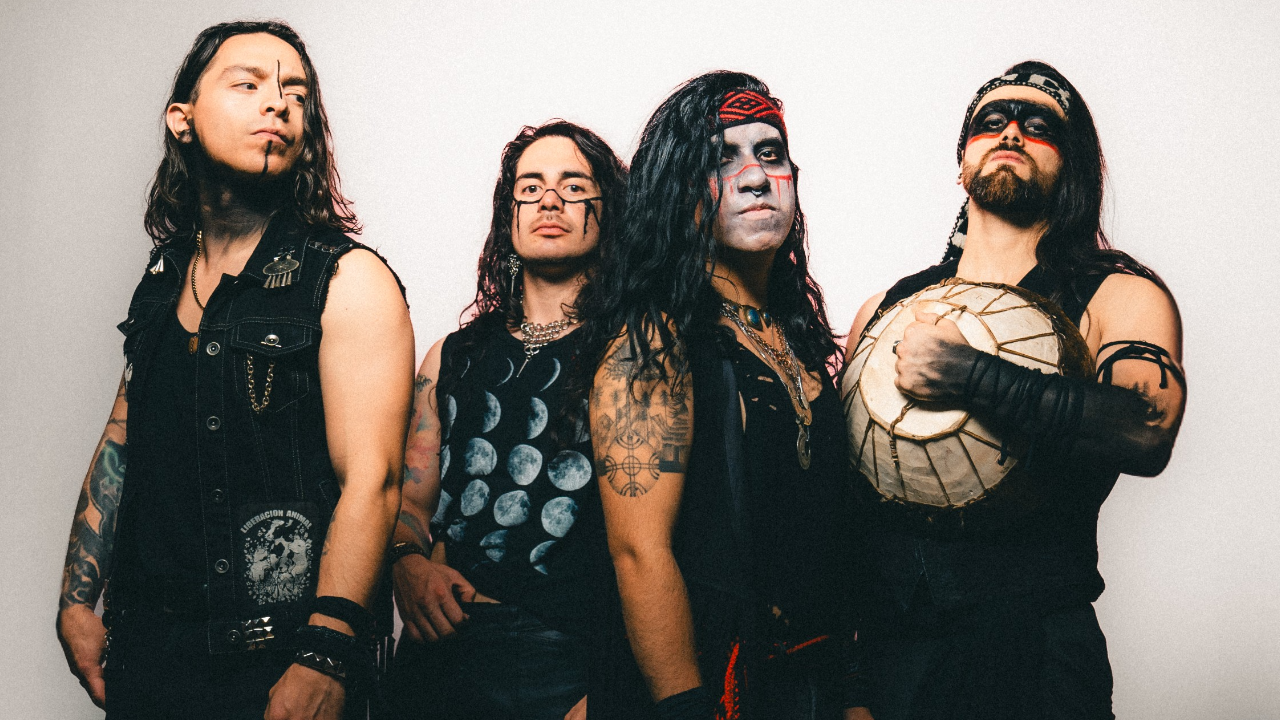How Kong: Skull Island merges '70s music nostalgia with rampaging gorillas
How the music of Kong: Skull Island adds another level to gorilla carnage

Note: May contain spoilers.
Summer is fast approaching, so is the season for blockbusting CGI-filled destructoflicks. The ones that give you more bang for your buck, or more pyro for your pound. Getting in on the act early is the supersize gorilla fest Kong: Skull Island. Not your usual ‘Ape kidnaps woman, ape climbs building, ape gets killed’ tale, but a complete reimagining set in the 1970s, at the tail end of the Vietnam war.
So far so Hollywood, you might think, but what does this have to do with rock ‘n’ roll? Well, as anyone who has ever watched a decent Vietnam film, the soundtrack is everything. Scored by Henry Jackman, the man also responsible for Kick-Ass, Big Hero 6 and Captain America: Civil War, this isn’t just some throwaway Now That’s What I Call Killing Apes compilation.
From The Hollies to The Stooges, Kong’s homage to all that was edgy and relevant in ‘70s America is spot on. What’s also noticeable is just how important music is to those on the front line. American troops are drafted in to Skull Island to try and send Kong back to the great gorilla in the sky, and the first image we see of the barracks is a record player. Again, when first flying into Skull Island in helicopters, the onboard record player is blasting out Paranoid by Black Sabbath in a heavy metal pastiche of Apocalypse Now’s Ride Of The Valkyries scene.

Set in 1973, there’s obviously no punk, but at the same time it’s not all free-love maaaaaan. This is still an action film at heart, and soldiers in ‘Nam probably weren’t chilling to the Grateful Dead. Sure, when in Saigon to meet Tom Hiddlestone’s character in smoke-filled bar, we’re met with the trippy White Rabbit, but everything else is grit.
Although, there is a cheeky nod to The Doors when the soldiers are being briefed on their mission. We’ll say no more.
But as much as the film is one of merking ancient beasts, escaping overgrown primates and making friends with silent natives, it’s also one of exploration. Skull Island is uncharted territory, a land of never-before-seen flora and fauna, just waiting to be documented and captured forever. And that’s where the ‘70s music fits in. Experimentation was the name of the game 45 years ago, there were no sub-genres to categorise your music in, there were no rules to follow, there was no Man to tell you how to sound. Just as Samuel L Jackson leads a team of men to explore the territory, John Fogerty was leading millions of Creedence Clearwater Revival fans on a journey of musical discovery. As they say in the movie, this is the “new sound.”
The latest news, features and interviews direct to your inbox, from the global home of alternative music.
In fact, as the movie reaches its final act, Creedence’s Run Through The Jungle blasts out as our plucky heroes sail down river.

Not everything in the movie is soundtracked by iconic riffs mind you, sometimes it’s just the sound of action. From Tom Hiddlestone chopping down birds mid-flight with a sword to a man firing a gatling gun atop the skull of a triceratops, there’s some bonkers visuals, but it’s ridiculous fun. There’s even a bit of napalm… but not in the morning.
If you’re a sucker for ‘70s nostalgia, killer prehistoric beasts, Hollywood green screens and John C Reilly being brilliant, then get your ass to Skull Island. Or just watch some footage of Harambe with Cosmo’s Factory playing in the background.
The 70s Rock Quiz: how well do you know rock’s golden decade?
Luke Morton joined Metal Hammer as Online Editor in 2014, having previously worked as News Editor at popular (but now sadly defunct) alternative lifestyle magazine, Front. As well as helming the Metal Hammer website for the four years that followed, Luke also helped relaunch the Metal Hammer podcast in early 2018, producing, scripting and presenting the relaunched show during its early days. He also wrote regular features for the magazine, including a 2018 cover feature for his very favourite band in the world, Slipknot, discussing their turbulent 2008 album, All Hope Is Gone.
